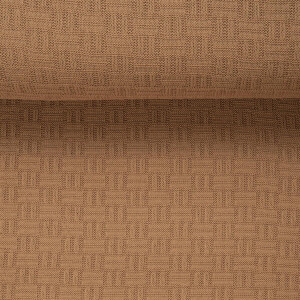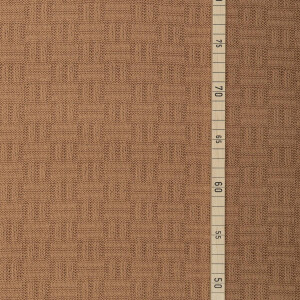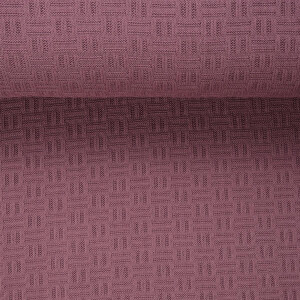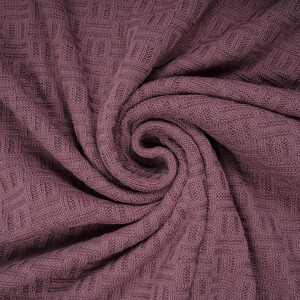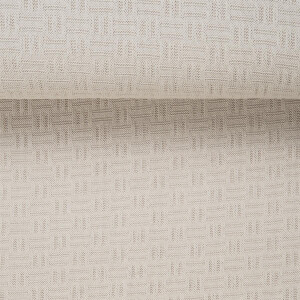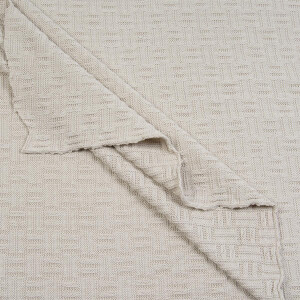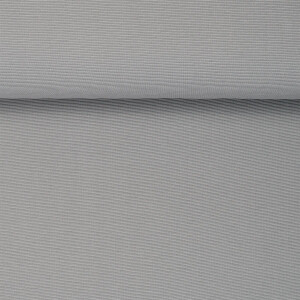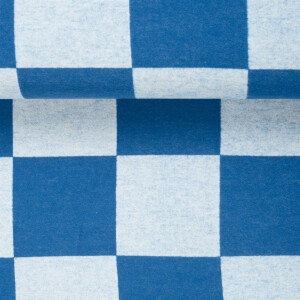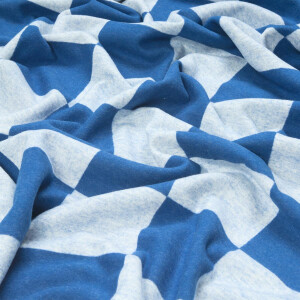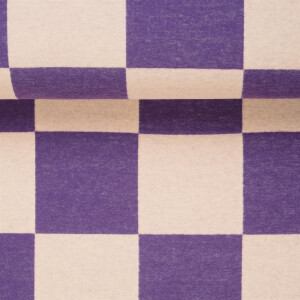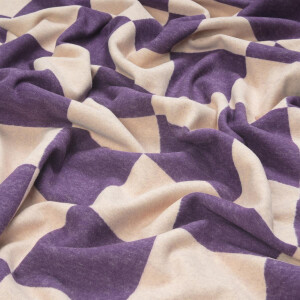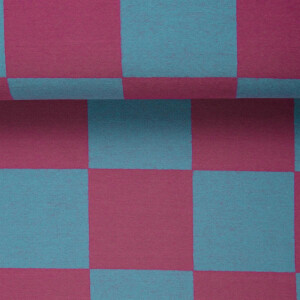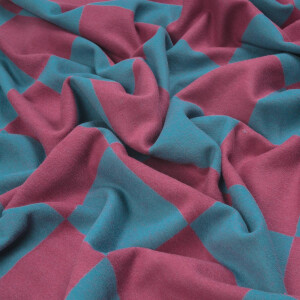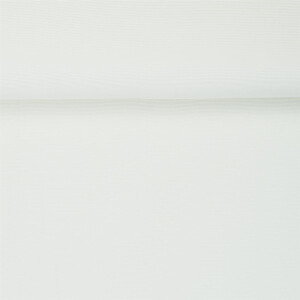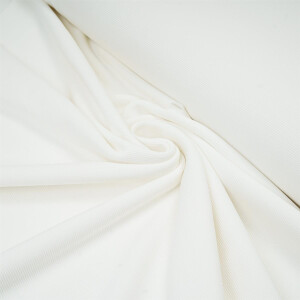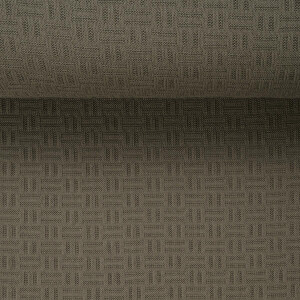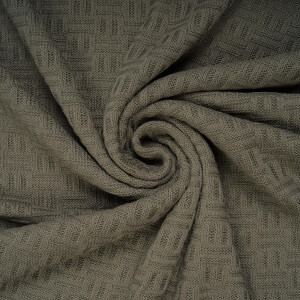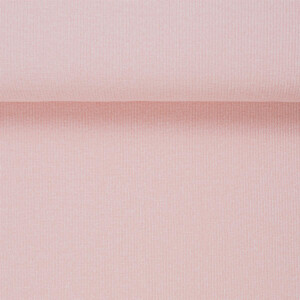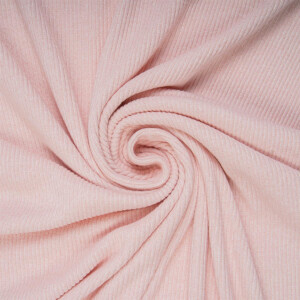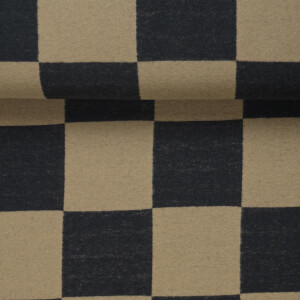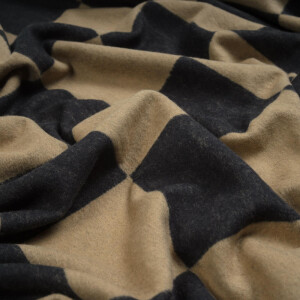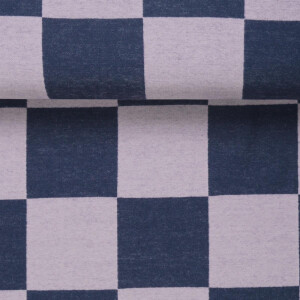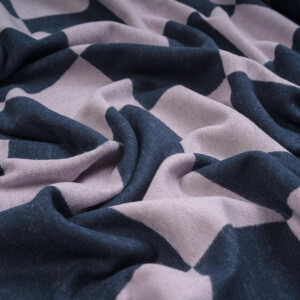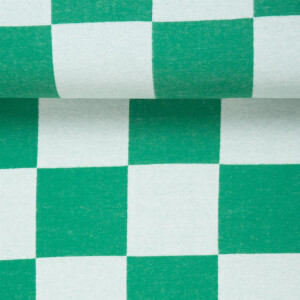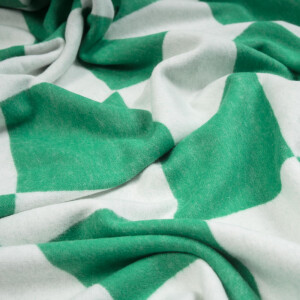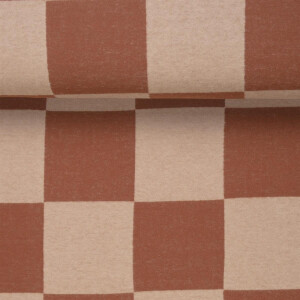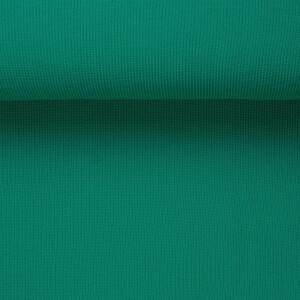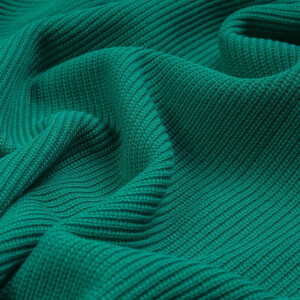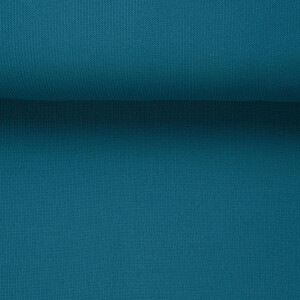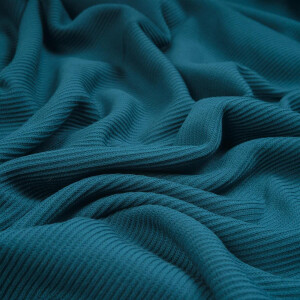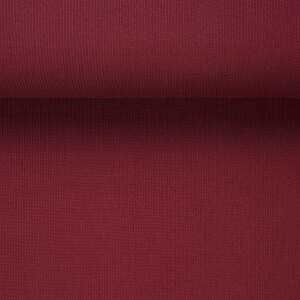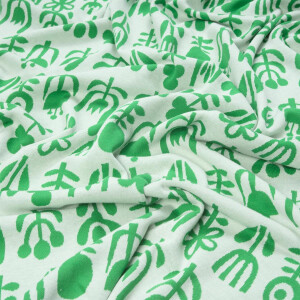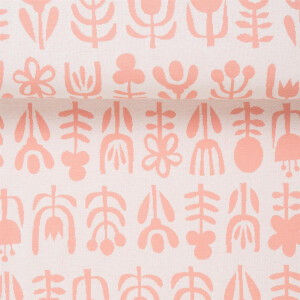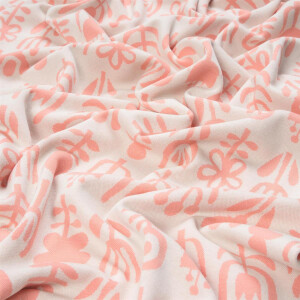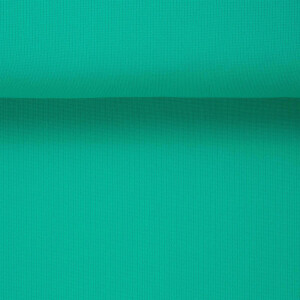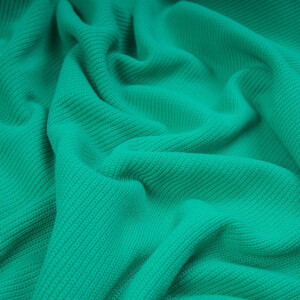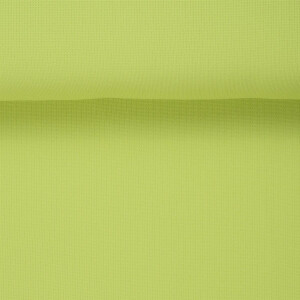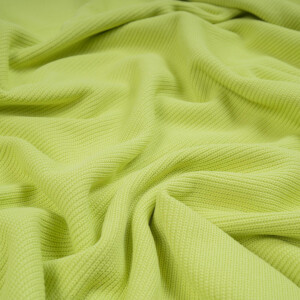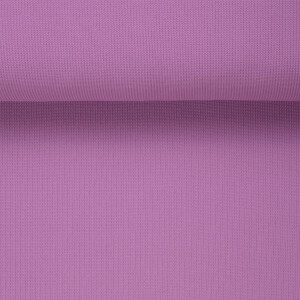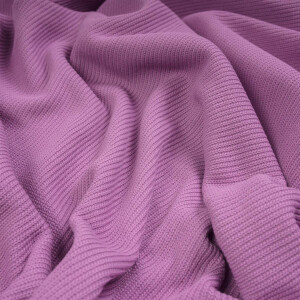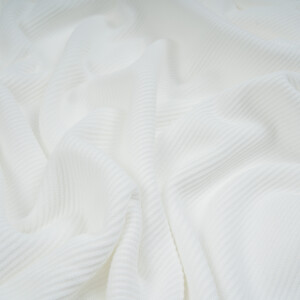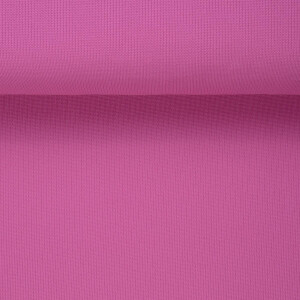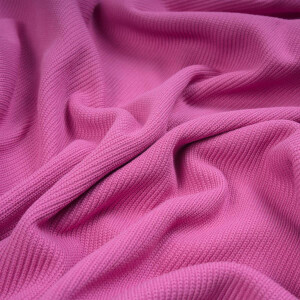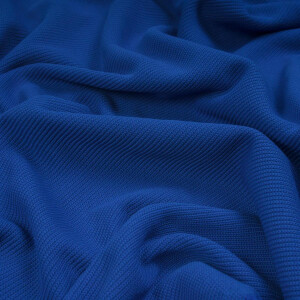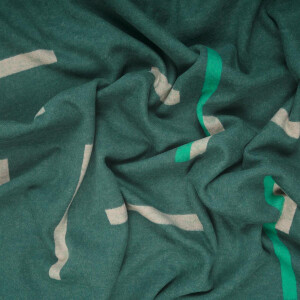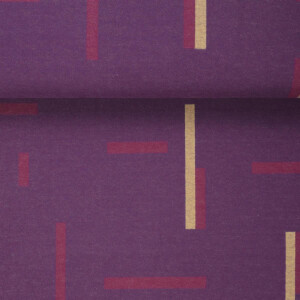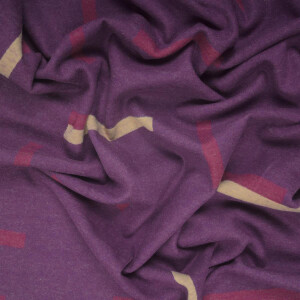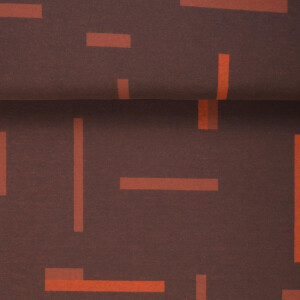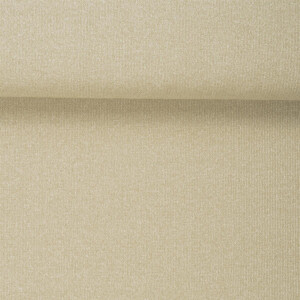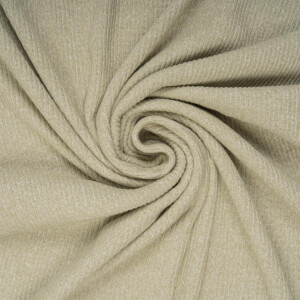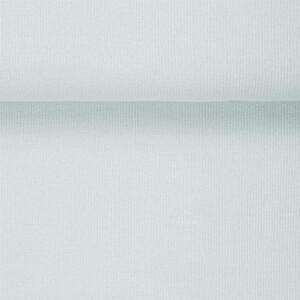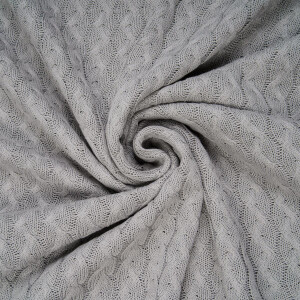Knitted fabrics
Knitted fabrics are naturally elastic and stretchy, which makes them particularly comfortable and allows them to adapt well to different body shapes.
-Fine knit fabrics: These fabrics have a fine texture and are often light and airy. They are well suited for lightweight garments such as T-shirts, summer dresses and thinner sweaters.
-Chunky knit fabrics: In contrast to fine knit fabrics, chunky knit fabrics have a thicker texture. They are often warmer and are well suited for winter clothing such as sweaters, scarves and hats.
-Rib knit fabrics: Rib knit is characterized by vertical ribs or stripes that give the fabric a stretchy texture. It is often used for cuffs on sleeves, collars and hems.
- Available immediately
-
Delivery time: 1 - 3 Workdays (DE - int. shipments may differ)
- Available immediately
-
Delivery time: 1 - 3 Workdays (DE - int. shipments may differ)
- Available immediately
-
Delivery time: 1 - 3 Workdays (DE - int. shipments may differ)
-
Available immediately
Delivery status: Discountinued
-
Delivery time: 1 - 3 Workdays (DE - int. shipments may differ)
- Available immediately
-
Delivery time: 1 - 3 Workdays (DE - int. shipments may differ)
- Available immediately
-
Delivery time: 1 - 3 Workdays (DE - int. shipments may differ)
- Available immediately
-
Delivery time: 1 - 3 Workdays (DE - int. shipments may differ)
-
Low stock level
Delivery status: Discountinued
-
Delivery time: 1 - 3 Workdays (DE - int. shipments may differ)
- Available immediately
-
Delivery time: 1 - 3 Workdays (DE - int. shipments may differ)
-
Low stock level
Delivery status: Discountinued
-
Delivery time: 1 - 3 Workdays (DE - int. shipments may differ)
- Available immediately
-
Delivery time: 1 - 3 Workdays (DE - int. shipments may differ)
- Available immediately
-
Delivery time: 1 - 3 Workdays (DE - int. shipments may differ)
- Available immediately
-
Delivery time: 1 - 3 Workdays (DE - int. shipments may differ)
- Available immediately
-
Delivery time: 1 - 3 Workdays (DE - int. shipments may differ)
- Available immediately
-
Delivery time: 1 - 3 Workdays (DE - int. shipments may differ)
- Available immediately
-
Delivery time: 1 - 3 Workdays (DE - int. shipments may differ)
- Available immediately
-
Delivery time: 1 - 3 Workdays (DE - int. shipments may differ)
-
Low stock level
Delivery status: Discountinued
-
Delivery time: 1 - 3 Workdays (DE - int. shipments may differ)
- Available immediately
-
Delivery time: 1 - 3 Workdays (DE - int. shipments may differ)
- Available immediately
-
Delivery time: 1 - 3 Workdays (DE - int. shipments may differ)
- Available immediately
-
Delivery time: 1 - 3 Workdays (DE - int. shipments may differ)
- Available immediately
-
Delivery time: 1 - 3 Workdays (DE - int. shipments may differ)
- Available immediately
-
Delivery time: 1 - 3 Workdays (DE - int. shipments may differ)
- Available immediately
-
Delivery time: 1 - 3 Workdays (DE - int. shipments may differ)
- Available immediately
-
Delivery time: 1 - 3 Workdays (DE - int. shipments may differ)
-
Low stock level
Delivery status: Discountinued
-
Delivery time: 1 - 3 Workdays (DE - int. shipments may differ)
-
Low stock level
Delivery status: Discountinued
-
Delivery time: 1 - 3 Workdays (DE - int. shipments may differ)
- Available immediately
-
Delivery time: 1 - 3 Workdays (DE - int. shipments may differ)
-
Low stock level
Delivery status: Discountinued
-
Delivery time: 1 - 3 Workdays (DE - int. shipments may differ)
-
Low stock level
Delivery status: Discountinued
-
Delivery time: 1 - 3 Workdays (DE - int. shipments may differ)
-
Available immediately
Delivery status: Discountinued
-
Delivery time: 1 - 3 Workdays (DE - int. shipments may differ)
-
Available immediately
Delivery status: Discountinued
-
Delivery time: 1 - 3 Workdays (DE - int. shipments may differ)
Properties of knitted fabrics
Knitted fabric is bi-elastic, cuddly soft and does not need to be ironed due to its soft flowing properties. Just like the handmade version, it is very warming. This makes this material the ideal fabric for sweaters, jackets and everything you wear in the cold season. Of course, the material also offers an invaluable advantage in terms of effort and speed compared to knitting it yourself. Fine knit is a subtype of knitted fabric and is mainly used for lightweight clothing. It is particularly soft, very elastic and has a beautiful flowing drape. Due to the thin yarns, knitwear loses its typical warming properties and is therefore more suitable for airy summer clothing, but it is particularly comfortable to wear. Different types of fibers are often combined with each other to achieve the respective properties of fine knitwear.
Processing and care tips for knitted fabrics
1. pre-wash or steam knitted fabric and leave to dry flat (edges may need to be edged beforehand to prevent fraying)
2. prevent slipping when cutting:- weight pattern pieces with weights- cut with a (sharp) rotary cutter
3. It is best to mark the notches with a pin or magic marker
4. To prevent the edges of the knitted fabric from unraveling:- iron/glue seam tape/shaping tape onto the edges or- spray starch onto the edges
5. It is best not to iron the knitted fabric properly, just steam it
6. Use a circular needle for sewing (jersey needle)
7. Finish the edges of the knitted fabric with an overlock or zigzag stitch
8. When sewing with the overlock, increase the differential feed slightly. With a normal sewing machine, use a straight stitch with a longer stitch length (3 - 4) and reduce the presser foot pressure. This will prevent the fabric from stretching and then puckering.
9. Reinforce shoulder seams with simple seam tape or laundry tape.




